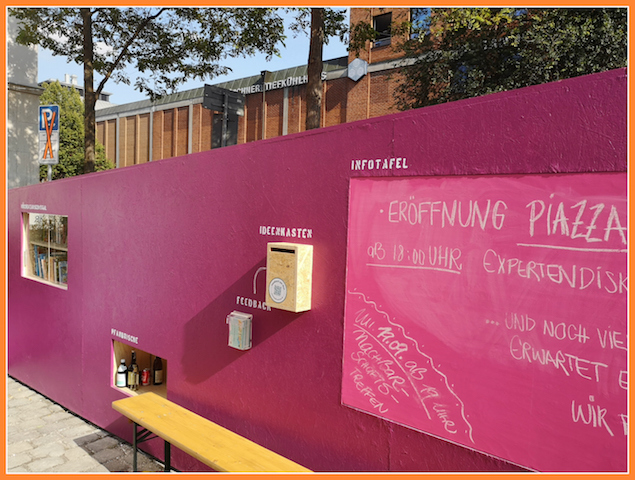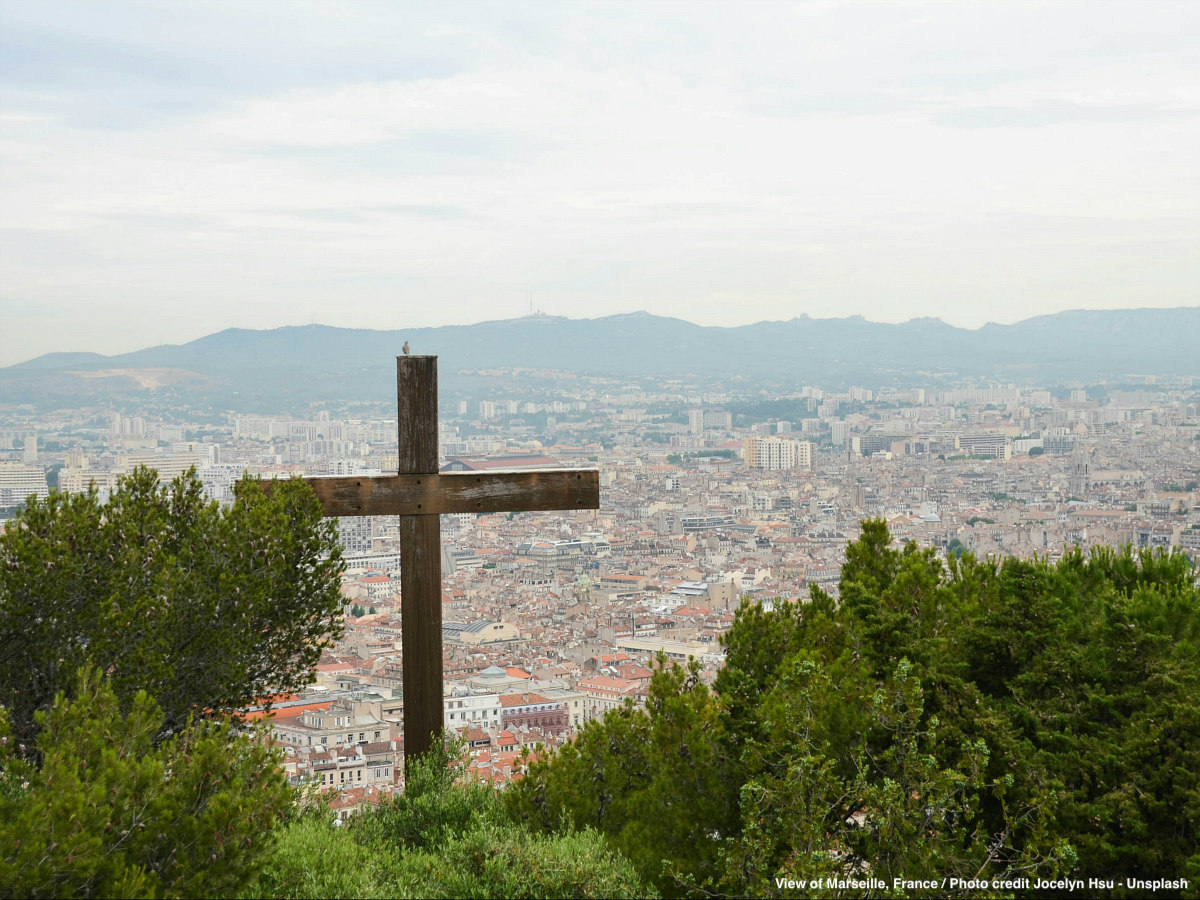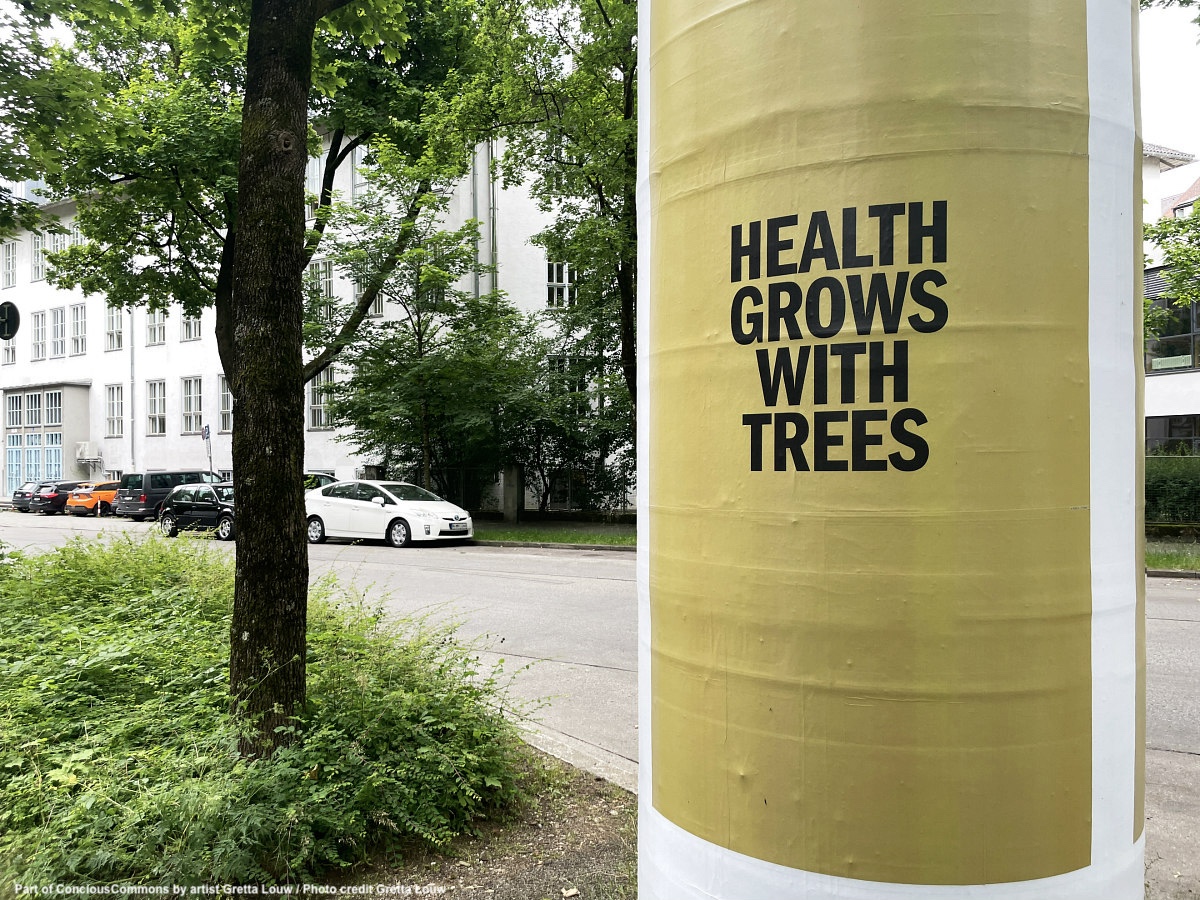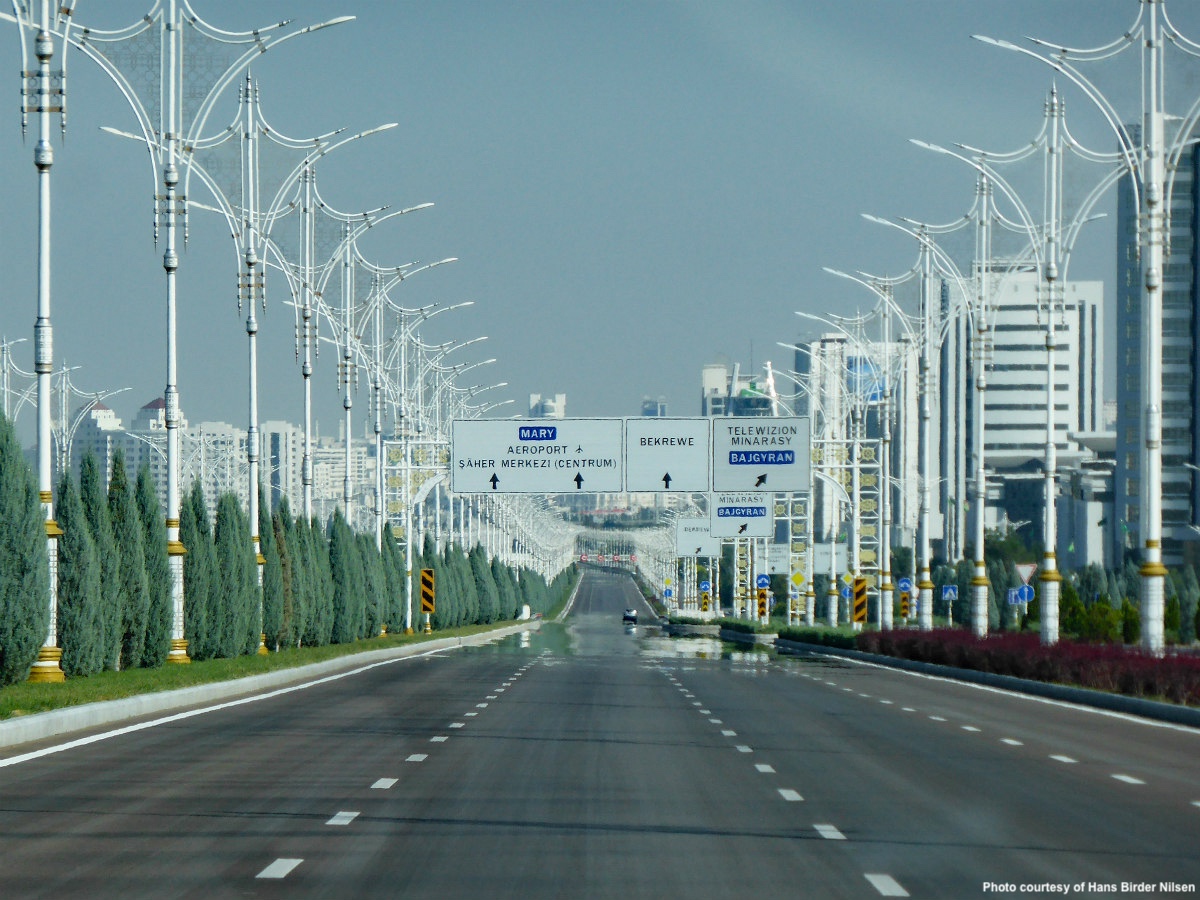As more citizens give up car ownership in favour of car sharing, cities are winning back public spaces for citizens, a precious and scarce commodity in cities. One car less in the city, means potentially freeing up 11,5 square meters of public space from idle parking spaces. This equation creates a great opportunity to the rise of placemaking.
Cities like Munich are starting to experiment with the idea of reclaiming parking spaces and instead bringing other alternatives to citizens. A 2010 study found there was an average of 2.2 parking spaces for each registered car in the city.
So, if a city was able to eliminate all car parking spaces on the streets and free up all that land, what could it do with it?
The public-private initiative of City2Share at Zenettiplatz in Munich is walking the talk. The Munich City Council, BMW and the Public Transportation Agency are working together within the City2share research project to find out if statistics turn into reality at Zenettiplatz.
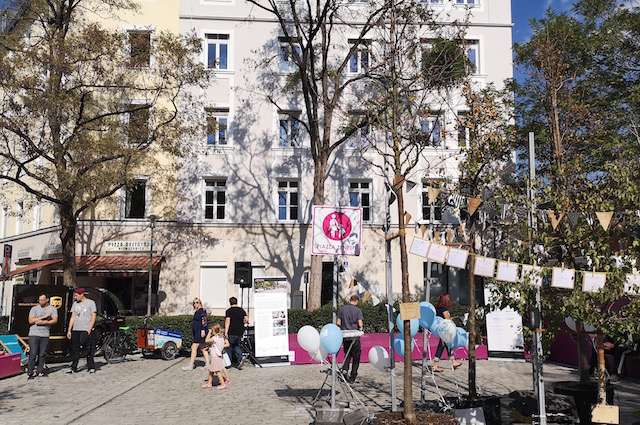
Zenettiplatz is a plaza located in a central district called Schlachthofviertel in Munich, which originally consisted of two car parking plots separated by a road. It wasn’t a space where anybody would have thought of hanging out.
However, where cars have previously parked, now thanks to the City2Share project citizens have got, on one side of the plaza, sharing car spots supported by DriveNow of BMW, bike sharing spots as part of the bike sharing program by the Public Transportation Authorities in Munich and connections to charge electric cars and e-bikes.
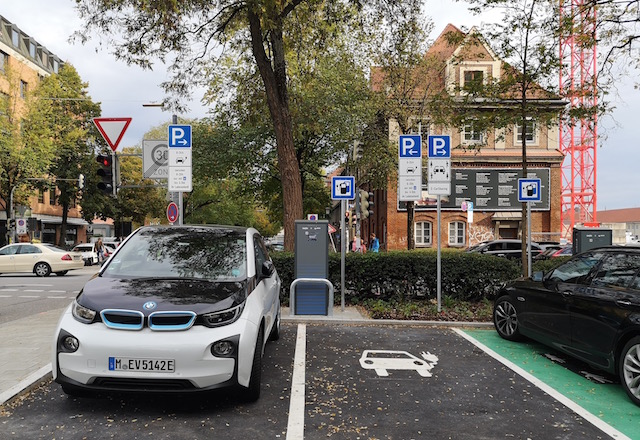
The other side of the plaza has been converted into the new ‘Piazza Zenetti’ with the participation of the neighbours and associations like Green City and Raumzeug. There is now plenty of greenery, inviting colourful benches and book exchange shelves. All of that during a test period of six weeks.
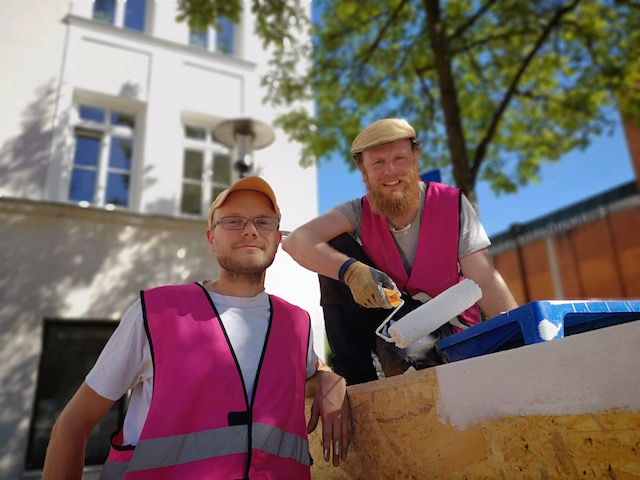
Eliminating parking spaces in a neighbourhood can be at first very unpopular, even if it means winning back public space for citizens. Therefore, people need to feel that they are getting something in return.
Small-scale improvements can bring immediate benefits both to the spaces themselves and the people who use them. Ultimately, the objective is to bring more quality of life into the neighbourhood. Here is where placemaking comes into play.
According to the nonprofit organization Project for Public Spaces, ‘placemaking inspires people to collectively reimagine and reinvent public spaces as the heart of every community. Strengthening the connection between people and the places they share. More than just promoting better urban design, placemaking facilitates creative patterns of use, paying particular attention to the physical, cultural, and social identities that define a place and support its ongoing evolution’.
During the first week of the opening at Piazza Zenetti organizers have run a great program of activities, art and events creating a temporary place. Placemaking intends to address the question of how to intentionally activate a new public space to create that emotional connection in the long term.
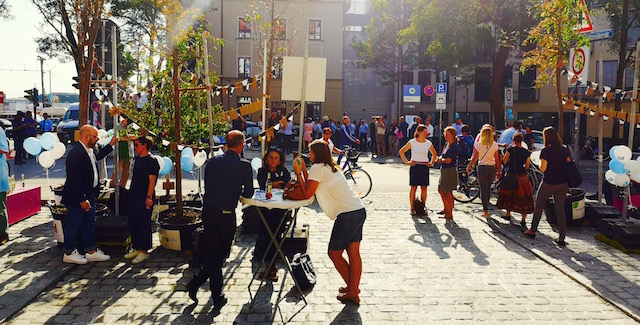
Let’s think of a pianist who makes use of public space by playing his piano. Music effectively adds a sense of place temporarily turning a public space into a place. The same happens when placing a mobile reading room on the street during a limited period of time.
Some cities have been experimenting with placemaking activating public spaces for the long term and making them remain vital over time. Like the city of Detroit which has brought basket courts and an urban beach to underused lawn in the centre of downtown Detroit. Or like the revitalization of the Bryant Park in Manhattan where two food kiosks were installed at the main entrance and hundreds of moveable bistro chairs were scattered throughout the park, enabling people to sit wherever they want.
At Piazza Zenetti the project City2share is not only testing new technology solutions and concepts in the area of urban mobility but creating a whole new concept of how people experience public space in connection with reducing cars in the city.
Urban solutions matter but they have to be always grounded in the things happening on the street. Innovation takes place at the level of the ordinary.
Freeing up parking spaces at a local scale in the neigbourhood seems like a good way to start. Zenettiplatz will speak for itself during these 6 weeks.
